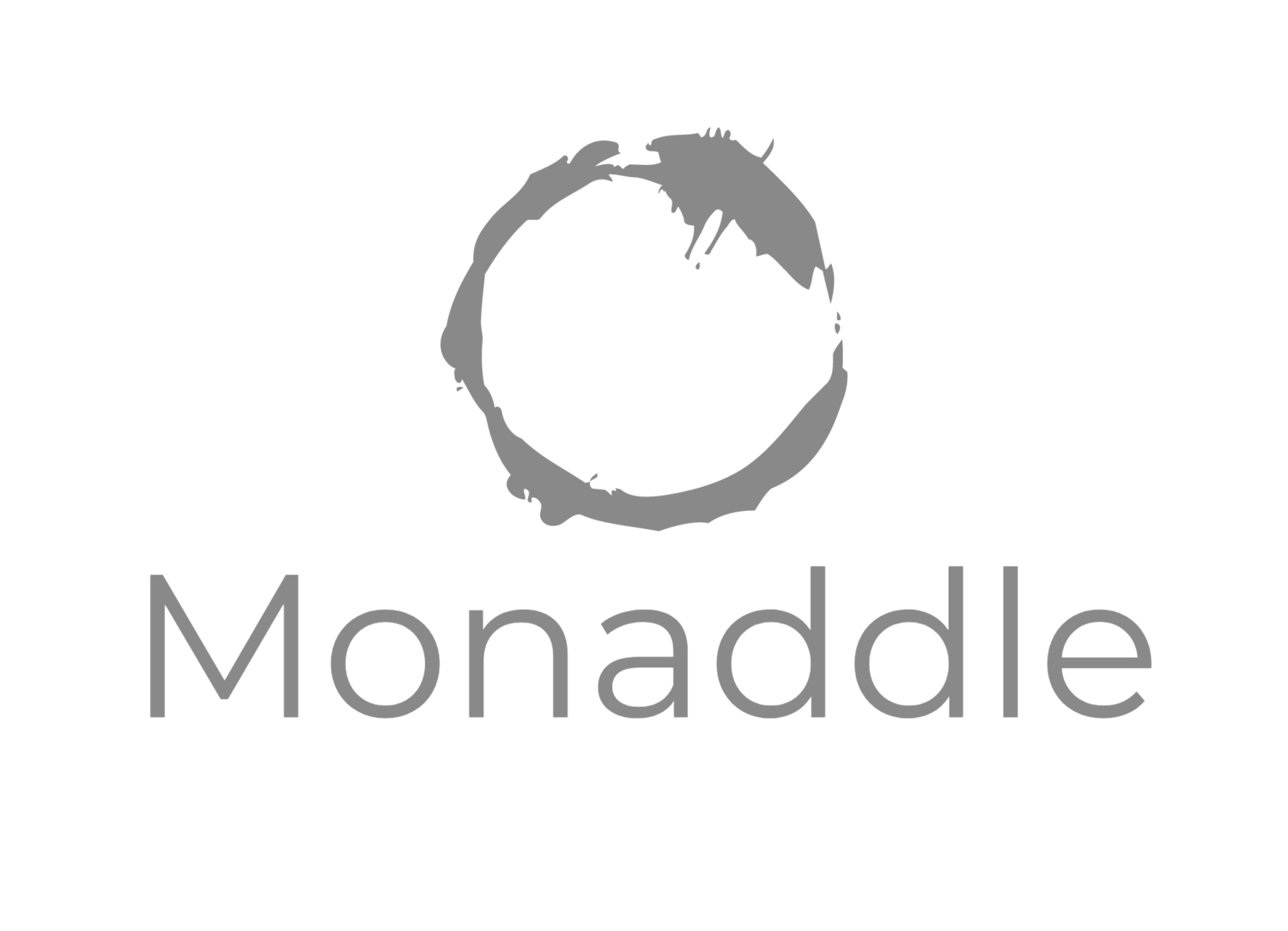Book Review: Outlive by Peter Attia
As we get older, we tend to become less well. Is this inevitable? Peter Attia’s “Outlive” argues that we can make choices that significantly reduce this tendency. Of the four primary causes of death - heart disease, cancer, alzheimer’s, and diabetes - each of these have a long tail of infirmity and suffering, and specific diet and exercise interventions are effective for attenuating risk of these occurring. Further, we can weight the scales against the other primary cause of degraded quality of life in old age - physical injury. The rub is, we need to start today.
Avoid Cumulative Damage
Each of these four diseases (the “four horsemen”, in Attia’s parlance) are caused by cumulative damage.
Heart disease is caused by an overabundance of cholesterol, particularly by a subset of particularly damaging lipids carried around the body by Apolipoprotein B. This damage occurs over time as a stochastic process, but higher volumes of cholesterol increase the rate of damage.
Cancer, too, is caused by stochastic damage, and is the most random of the horsemen. However, metabolic changes caused by an excess of body fat increase the rate of these processes and reduce the efficacy of the body’s immune response to cancer.
The causes of Alzheimer’s are unclear, but two leading theories are that it’s (a) a consequence of metabolic disease causing inadequate intake of glucose in the neurons in the brain, and/or (b) a consequence of cardiovascular issues causing limited oxygen supply to the brain, over time. Whatever the mechanism, though: the most effective demonstrated means to reduce both risk of alzheimer’s (and many other neurodegenerative diseases) and to slow the progression of it is regular cardio. Mechanistically, this works for either theory: cardio improves glucose metabolism and vascular health.
Metabolic disease is caused by a chronic oversupply of glucose in the blood stream, resulting in insulin resistance, weight gain, and ultimately diabetes.
The upshot here is that avoiding these diseases and their sequelae benefits from early and ongoing interventions: lose weight, eat well, exercise.
All Three Types of Exercise
Among true believers, there’s often a “debate” about which type of exercise is best: strength training or cardio. Attia essentially says this debate is stupid, and you should do both - plus stability training.
Attia argues compellingly for cardio: study after study seems to indicate it improves life span, metabolism, general quality of life.
He also argues compellingly for strength training: muscle strength begins to decline irreversibly in our thirties, and if we want to maintain an appropriate level of strength in our old age, getting much stronger than strictly “necessary” now is a sensible risk mitigation strategy.
He also (somewhat) convincingly argues that we should improve our stability, but seems to provide a much less actionable/evidence based set of recommendations - in particular, he suggests an apparently niche practice called “dynamic neuromuscular stabilization”, or DNS. It’s fairly clear that our modern lives (chairs and laptops in particular) distort our posture substantially, Attia posits this practice will help us return to some ideal. It’s a nice thought, and in fairness to DNS, the benefits are probably difficult to measure reliably.
“Nutritional Biochemistry”
Attia makes a big deal about renaming “diet” to “nutritional biochemistry”, but doesn’t effectively follow up on this. The advice here is standard: protein and fat cause satiation. Avoid blood glucose spikes. For some people dietary cholesterol can increase unhealthy cholesterol in your blood stream. This section provides apparently reasonable advice, but rather under delivers on the biochemistry and the nutrition.
Not a Manual
This book is geared more towards providing a framework for taking care of yourself than specific instructions. This leaves the book feeling a bit unsatisfying - how much cardio should I actually get? What weight lifting exercises should I be doing? What should I eat?
It leaves quite a bit as an exercise to the reader, but I suppose that’s part of the point of the book - if you want to “outlive”, you’ve got to put some work in.
